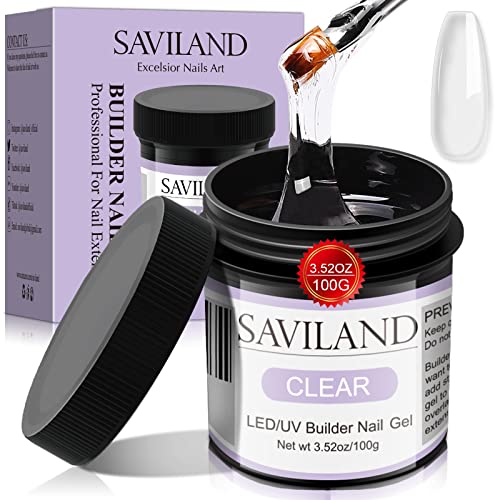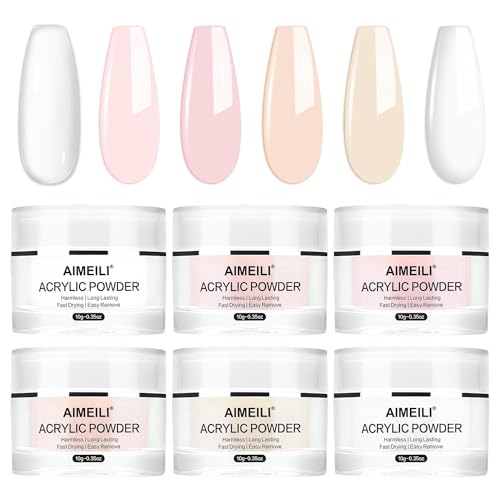Understanding Shotgun Microphones: What Makes Them Unique
What Is a Shotgun Microphone?
A shotgun microphone is a highly directional microphone, designed to capture sound from a specific source while minimizing background noise. Imagine you’re at a bustling café, and you want to record a friend talking across the table. A shotgun microphone focuses on your friend’s voice, bringing it into sharp clarity while dampening the chatter around you. This unique design makes them perfect for interviews, film production, and field recordings, where capturing clean sound is essential.
How Do They Work?
Shotgun microphones have a long, narrow pickup pattern that resembles a cone or a tube. Inside the microphone, the sound waves from the front are amplified, while sound from the sides and rear are significantly reduced. This means if you point the microphone directly at the sound source, you’ll get a much clearer recording. Think of it as having a camera lens that can only focus on what is directly in front of it.
Applications of Shotgun Microphones
Shotgun microphones are commonly used in the film and television industry for capturing dialogue without interference from background noise. They’re also great for podcasts and reporting in noisy environments, where clear audio is crucial. Any scenario where you need to hone in on a specific sound source amidst distracting noise can benefit from the use of a shotgun microphone.
How to Choose the Right Shotgun Microphone for Your Needs
Assessing Your Recording Environment
Before choosing a shotgun microphone, consider where you’ll be using it most. If you often record in crowded spaces, look for a model with a tighter pickup pattern. For quieter settings, you might get away with a slightly wider pattern without compromising audio quality.
Connectivity Options
Next, think about how you will connect the microphone to your recording device. Some shotgun microphones connect via XLR cables, which provide high-quality audio transfer and are commonly used in professional settings. Others might offer USB connections for ease of use with computers or digital recorders. Knowing your recording setup will guide your choice.
Budget Considerations
While there are shotgun microphones available across a wide price range, it’s important to identify your budget. Higher-end models often offer improved audio fidelity and durability, whereas entry-level models can be surprisingly effective for less demanding situations. We suggest setting a budget based on how often you’ll use the microphone and the importance of sound quality in your projects.
Top 5 Shotgun Microphones for Different Budgets
Budget-Friendly Options
For those just starting out or working with limited funds, the Rode VideoMic Go is a fantastic choice. It’s lightweight, easy to use, and offers solid sound quality for its price. If you’re willing to invest a little more, the Audio-Technica AT875R provides excellent audio fidelity and is still reasonably priced, making it perfect for budding filmmakers.
Mid-Range Picks
In the mid-range category, the Sennheiser MKE 600 stands out for its versatile performance. It delivers clear audio while being able to handle a variety of conditions and environments. Another excellent option is the Rode NTG4, which features switchable pads and a low-cut filter, providing extra flexibility for different recording settings.
Professional Choices
For professionals who demand the very best, the Sennheiser MKH 416 is a perennial favourite. Its reputation for unbeatable sound quality makes it the go-to option for many filmmakers. Similarly, the Shure VP89 is highly regarded for broadcast applications, providing great clarity and rich detail, making it ideal for dialogue-heavy recordings.
Essential Accessories for Your Shotgun Microphone Setup
Shock Mounts and Dead Cats
To enhance your recording setup, investing in a shock mount can be invaluable. Shock mounts prevent handling noise from affecting your recordings, which is especially important when you’re on the move. Additionally, a windscreen, often referred to as a ‘dead cat’, is crucial for outdoor recordings, helping to minimise wind noise that could spoil your audio.
Boom Poles and Microphone Stands
Consider using a boom pole or a sturdy microphone stand to position your shotgun microphone effectively. Boom poles allow you to extend the microphone closer to your sound source without getting it in the shot, ideal for film work. Meanwhile, a stable stand is beneficial for stationary setups like podcasts or in studios.
Tips for Using Your Shotgun Microphone Effectively
Proper Placement Matters
To get the best sound quality from your shotgun microphone, ensure it is positioned appropriately. Ideally, the microphone should be pointed directly at the sound source and as close as possible without entering the frame in visual recordings. This minimises the capture of unwanted noise and maximises clarity.
Monitor Your Audio Levels
Using headphones while recording is essential. This allows you to monitor audio levels in real time and make adjustments as needed. If you notice distortion or ambient noise, you can reposition the microphone or alter settings before it’s too late.
Post-Production Tips
Keep in mind that good audio can always be worked on in post-production, but it’s best to start with the cleanest recording possible. Use audio editing software to clean up your recordings, adjusting levels, removing background noise, and enhancing clarity to achieve professional-sounding results.


























